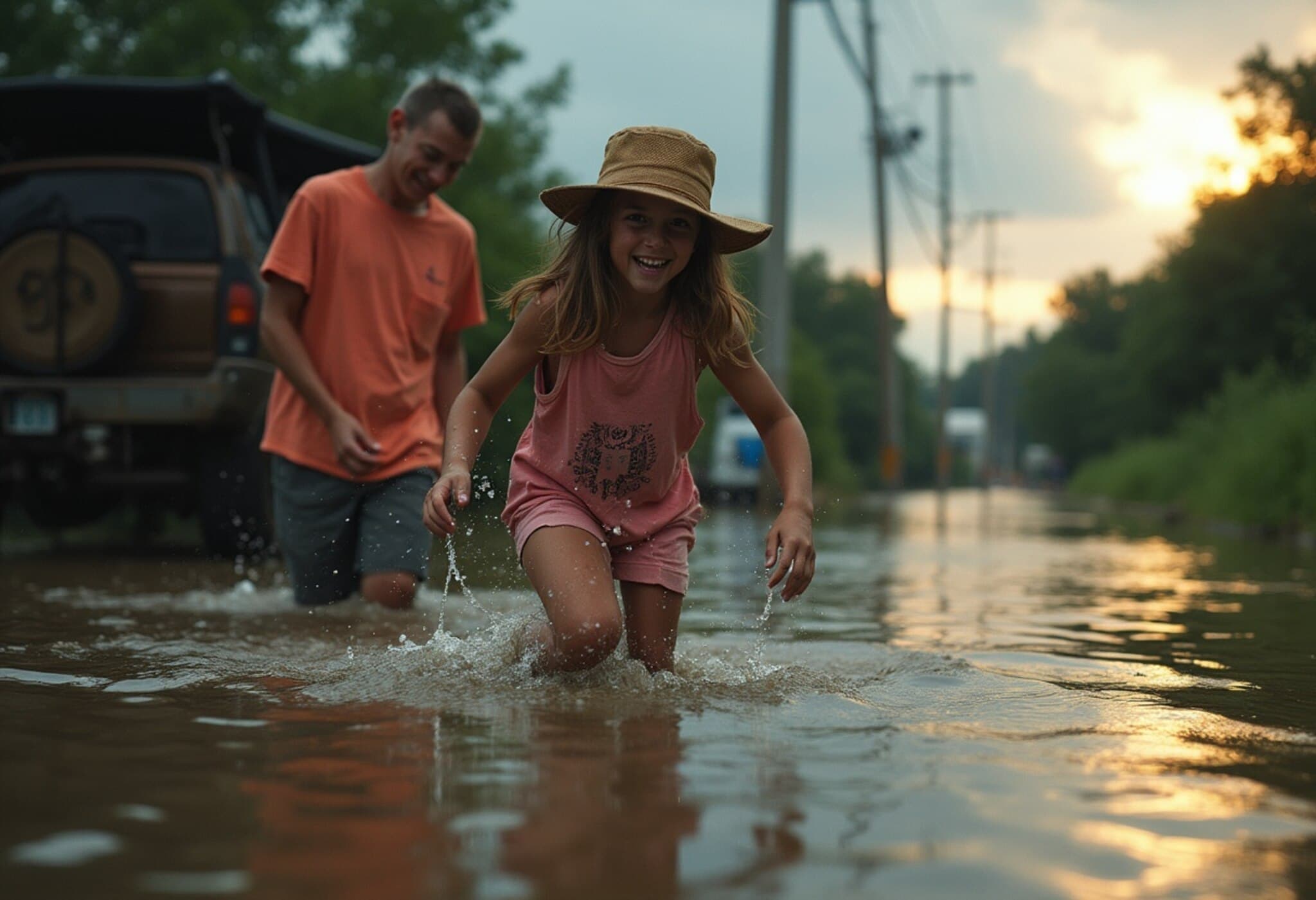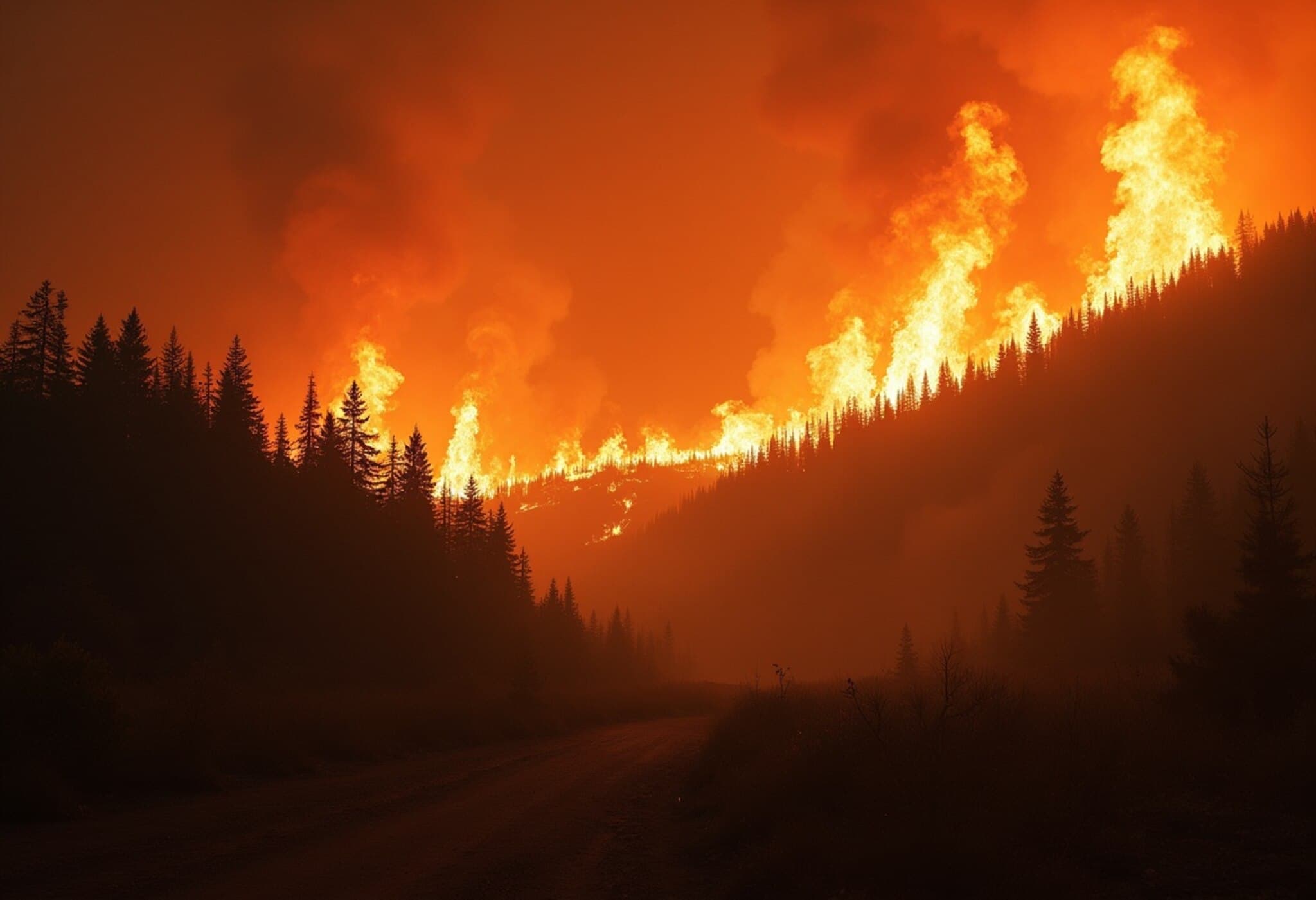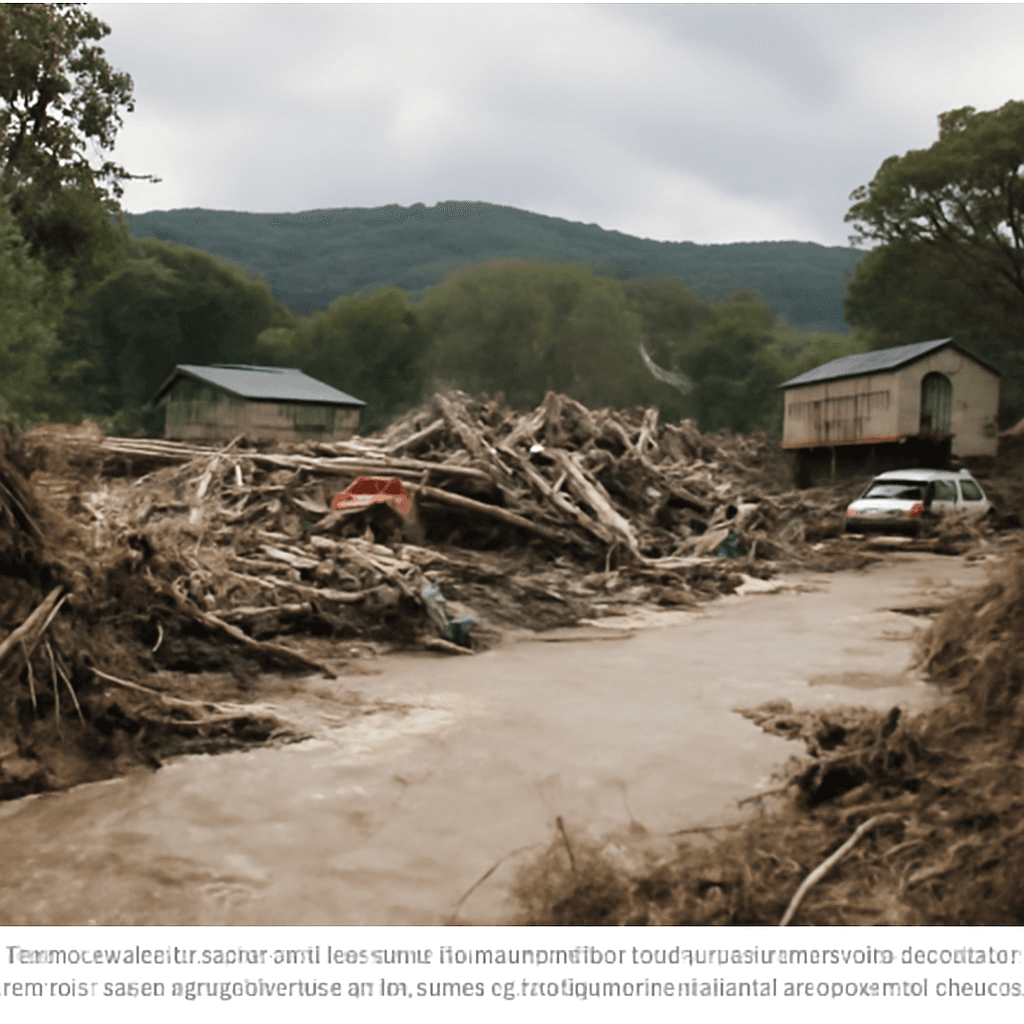Rising Death Toll Highlights Severity of Texas Flood Crisis
As flash floods continue to ravage parts of Texas, officials report a grim increase in fatalities. The death toll has risen steadily over the past days, underscoring the devastating impact of unprecedented rainfall and widespread flooding in the Lone Star State.
Flooding Devastates Communities and Disrupts Lives
Heavy rains have overwhelmed rivers and drainage systems, turning streets into torrents and isolating entire neighborhoods. Emergency responders face harrowing rescues as residents are trapped in rapidly rising waters. The floods have caused significant property damage, forced thousands from their homes, and severely disrupted transportation and utilities.
Expert Insights: Climate and Infrastructure Challenges
Experts point to increasingly erratic weather patterns linked to climate change as a driving force behind the intensity and frequency of such flooding events in Texas. Additionally, aging infrastructure and rapid urban development without adequate stormwater management exacerbate the risks. According to Dr. Emily Sanders, a climatologist at the University of Texas, "Our state’s resilience depends on urgent investment in both mitigation and adaptation strategies, including green infrastructure and smarter zoning policies."
Government Response and Community Efforts
- State officials have declared a state of emergency, unlocking federal and state disaster relief funds.
- First responders continue round-the-clock search and rescue operations despite challenging conditions.
- Community volunteers have mobilized to deliver supplies, evacuate vulnerable residents, and support shelters.
- Long-term recovery planning is underway with a focus on rebuilding resilient infrastructure and supporting displaced families.
The Human Toll and Underreported Stories
While headlines focus on death counts and property damage, many stories remain unheard — from elderly residents unable to evacuate, to frontline workers risking their lives in sewage-filled waters. Marginalized communities often face amplified hardships due to fewer resources and less access to aid.
This disaster prompts critical questions about social equity in emergency preparedness and the need for inclusive policies that protect all Texans, regardless of socioeconomic status.
Looking Ahead: Lessons and Calls to Action
The unfolding tragedy serves as a somber reminder that climate resilience depends on proactive measures. Strengthening infrastructure, investing in early warning systems, and fostering community preparedness can mitigate future risks.
For policymakers, balancing immediate relief efforts with long-term environmental and social strategies will be essential to safeguard Texas against escalating climate hazards.
The rising death toll from Texas floods is not just a statistic—it reflects complex environmental, infrastructural, and social challenges magnified by climate change. As this story develops, we urge readers to consider the multifaceted nature of disaster response and recovery, and the vital importance of community resilience and equity in policymaking.
How will Texas and other vulnerable regions adapt to an increasingly volatile climate? What role can citizens play in pushing for systemic change? These are the pressing questions as we collectively face a future marked by uncertainty.



















